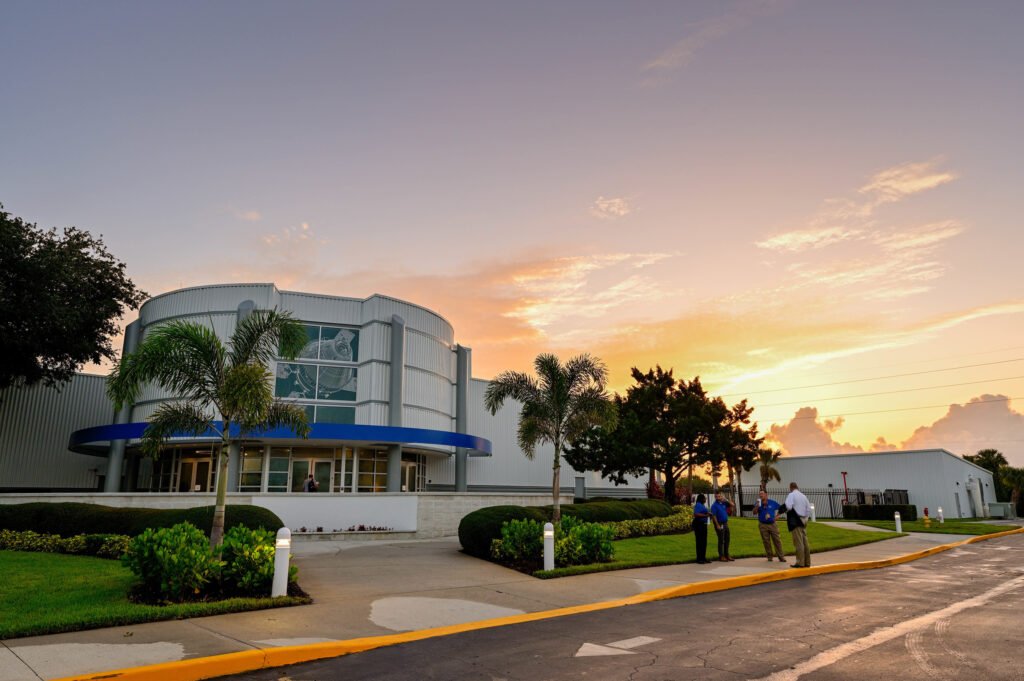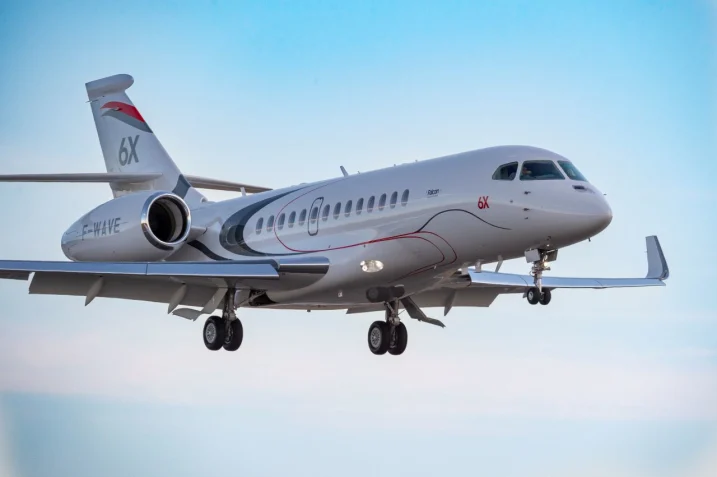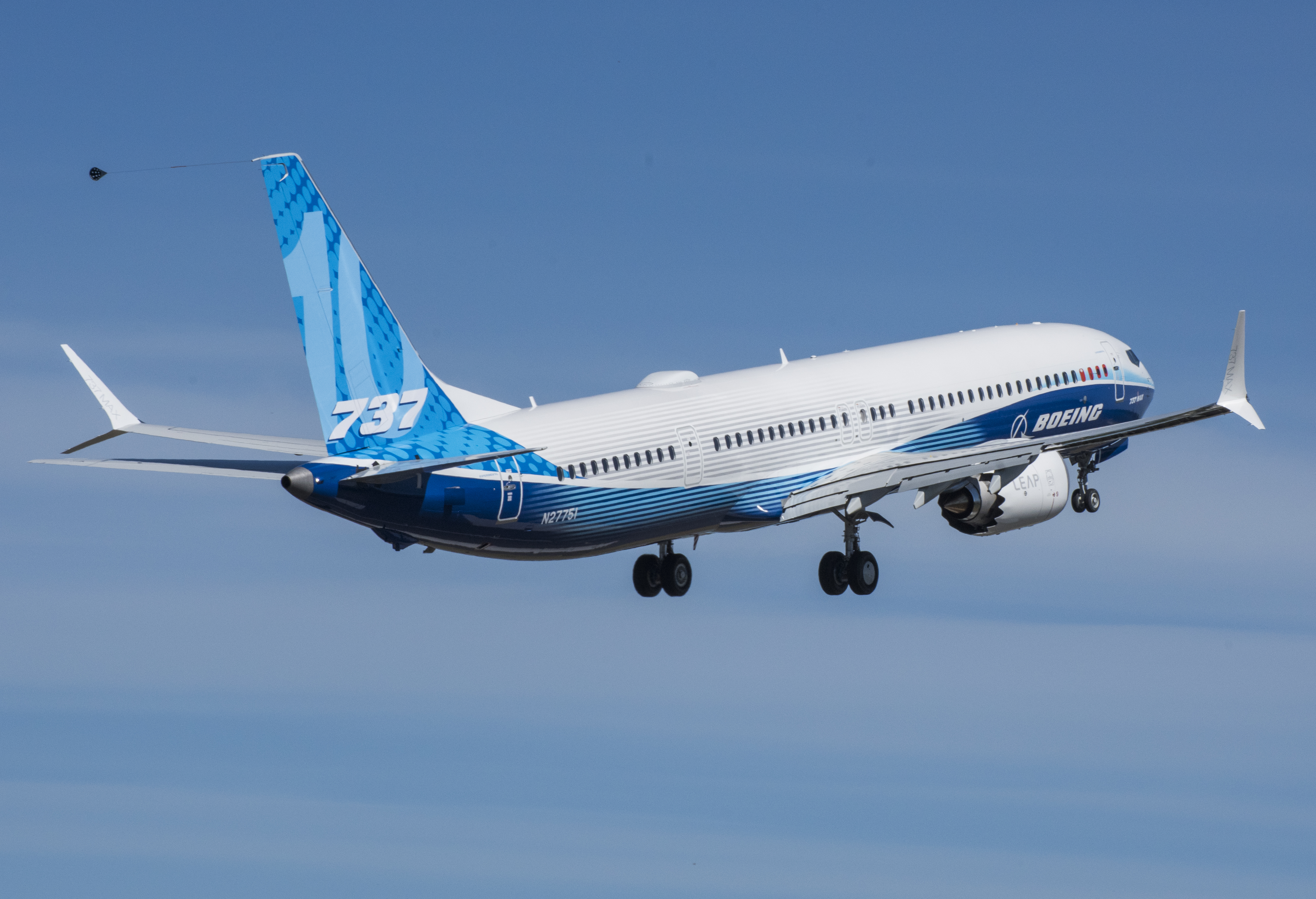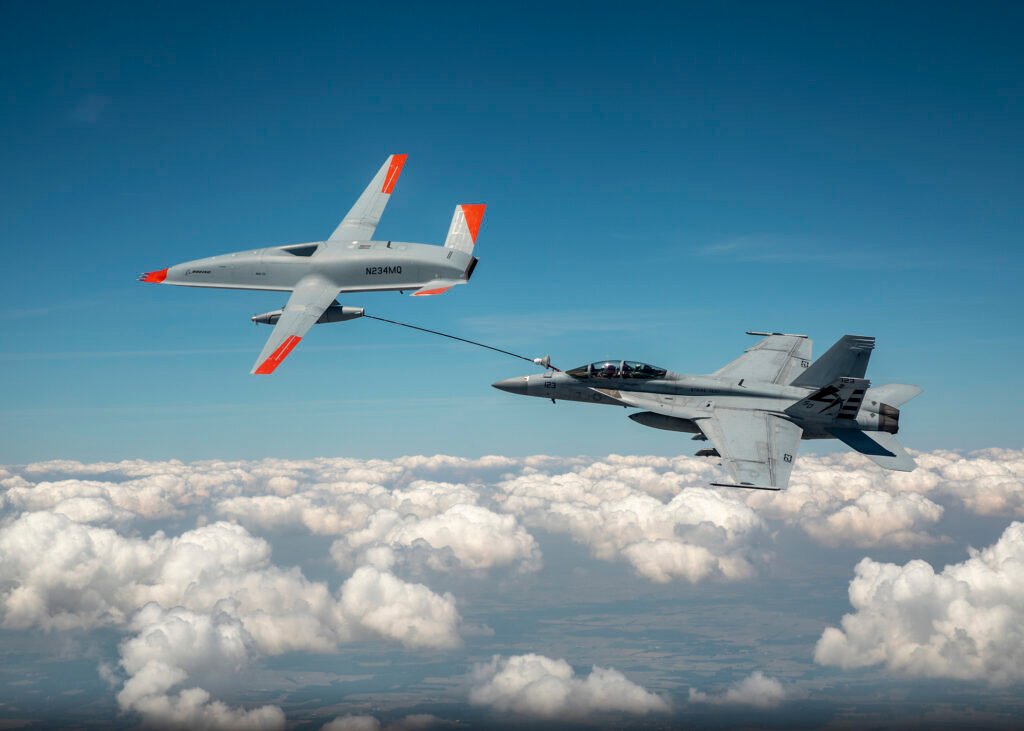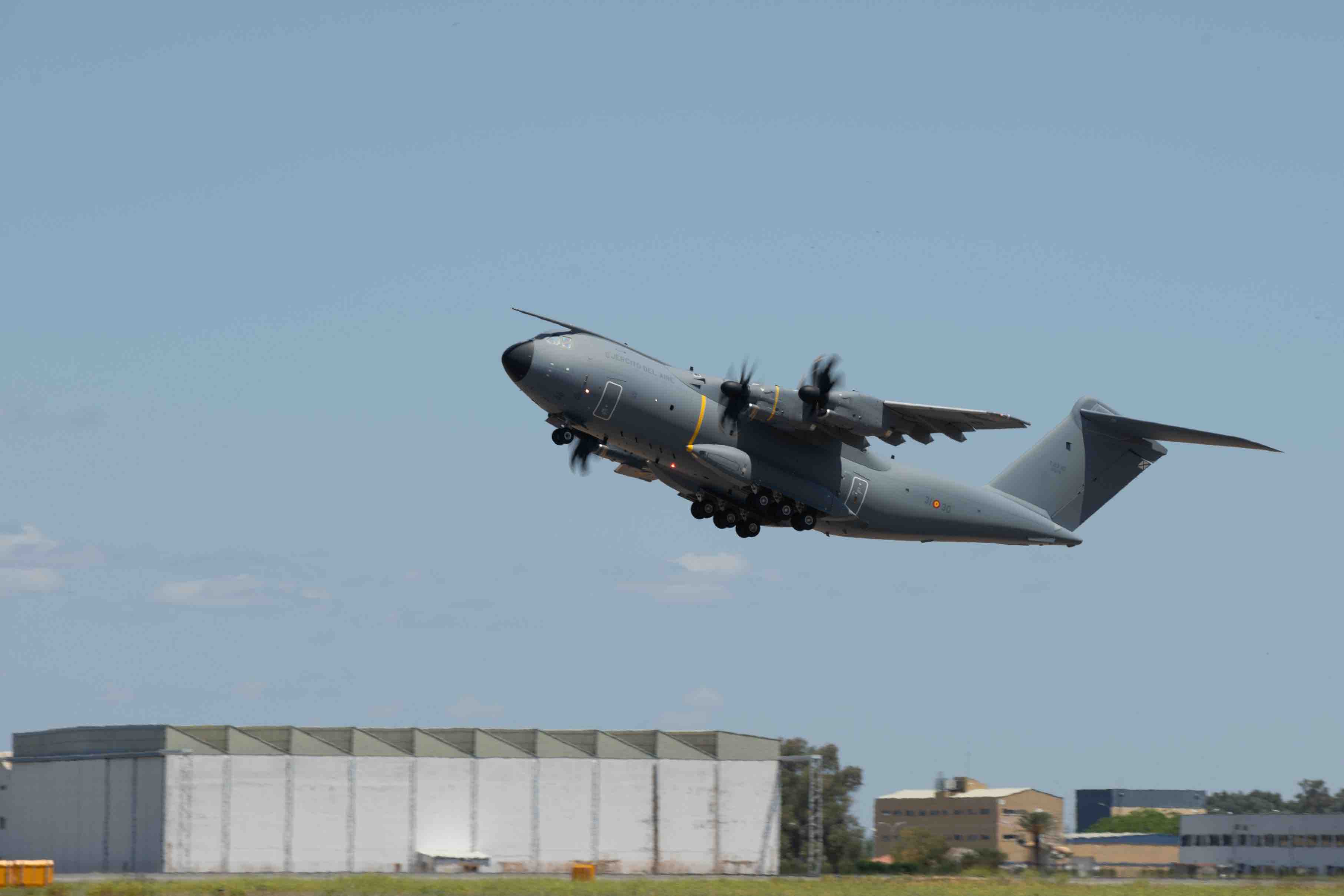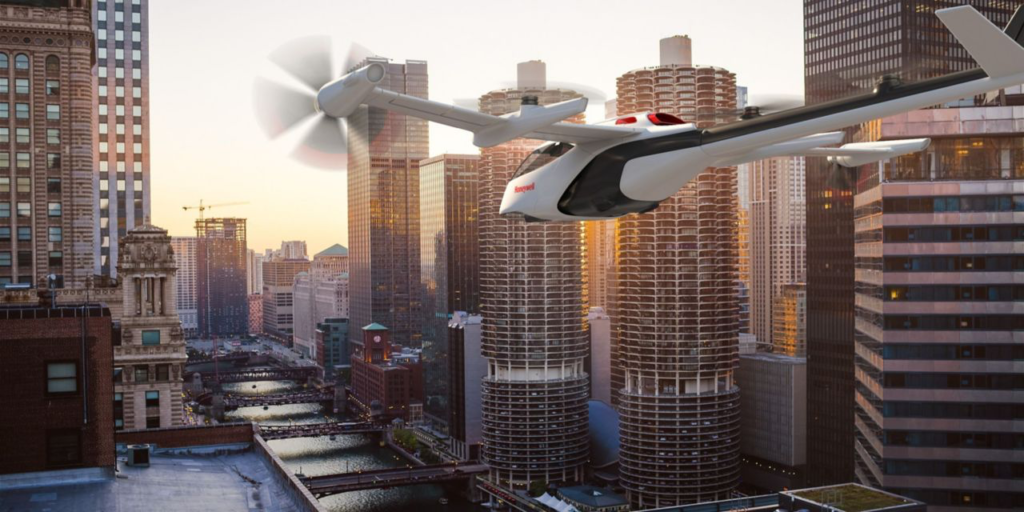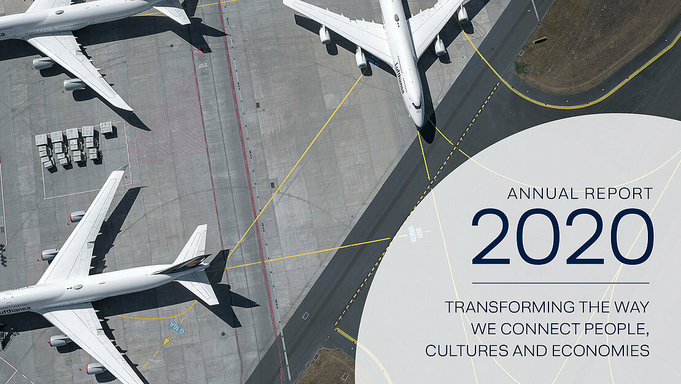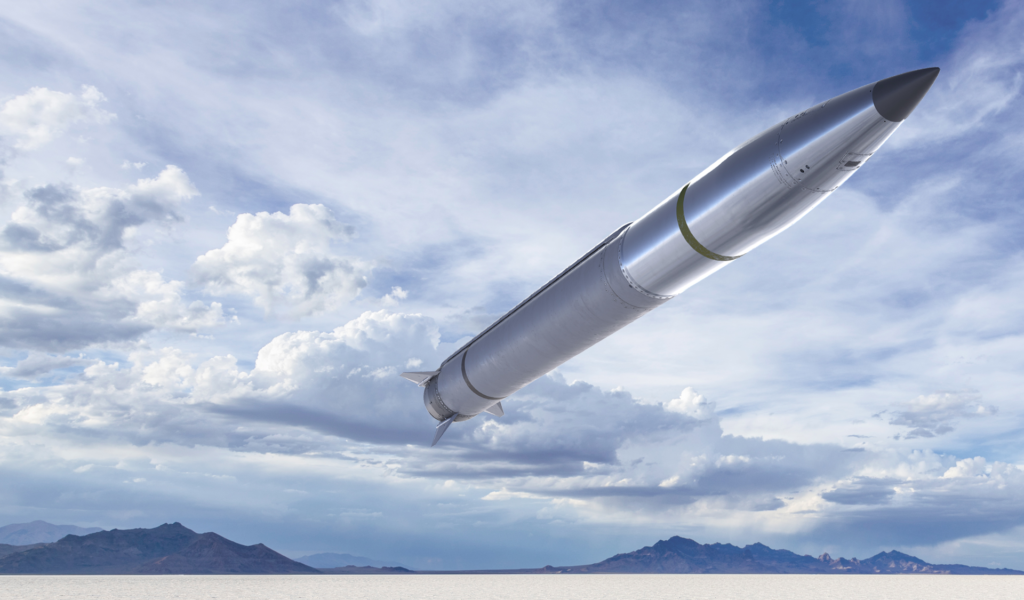Lockheed Martin Opens Orion Spacecraft Advanced Manufacturing Facility
TITUSVILLE, Florida, July 15, 2021 /PRNewswire/ -- Lockheed Martin [NYSE: LMT] opened its Spacecraft Test, Assembly and Resource (STAR) Center today. The STAR Center features business and digital transformation innovations that will expand manufacturing, assembly and testing capacity…
